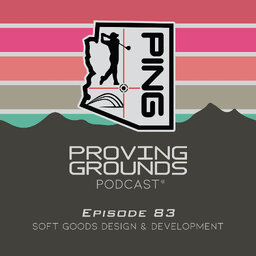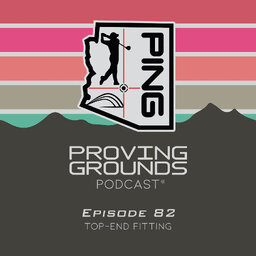Episode 64: G440 Fairway Woods & Hybrids (Feat. Travis Milleman)
Shane and Marty welcome Travis Milleman, PING Design Engineering Manager, to the podcast to take a closer look at the G440 fairway woods and hybrids. They discuss Free Hosel design, the refined fairway wood face heights, and how to leverage fitting solutions like PING Co-Pilot and the Gapping App to optimize the longer clubs in your bag.
 PING Proving Grounds
PING Proving Grounds


